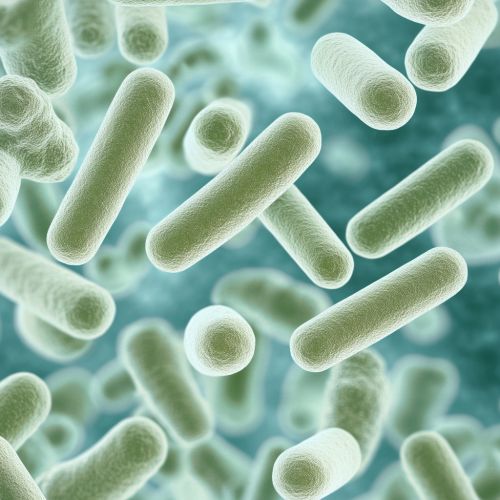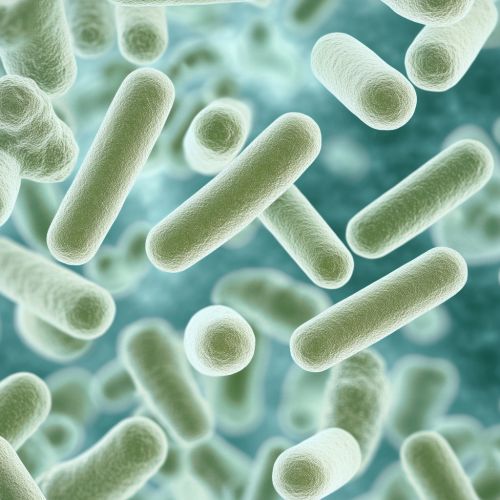Sinobacteraceae
Introduction
The family **Sinobacteraceae** is a group of Gram-negative bacteria within the order **Xanthomonadales**. These bacteria are predominantly found in soil and aquatic environments and are known for their diverse metabolic capabilities. Members of this family are of interest due to their roles in biogeochemical cycles, bioremediation, and potential industrial applications.
Taxonomy and Classification
Sinobacteraceae belongs to the class **Gammaproteobacteria**, which is one of the largest and most diverse classes within the phylum **Proteobacteria**. The family was first described based on phylogenetic analyses of 16S rRNA gene sequences. The type genus of this family is **Sinobacter**, which was initially isolated from soil samples.
Genera within Sinobacteraceae
The family Sinobacteraceae includes several genera, such as:
- **Sinobacter**
- **Arenimonas**
- **Steroidobacter**
- **Pseudoxanthomonas**
Each genus within this family exhibits unique physiological and metabolic traits, contributing to their ecological versatility.
Morphology and Physiology
Members of Sinobacteraceae are typically rod-shaped and motile due to the presence of flagella. They are obligate aerobes, requiring oxygen for growth, and exhibit a wide range of metabolic activities, including the degradation of complex organic compounds.


Cell Structure
The cell wall of Sinobacteraceae is characteristic of Gram-negative bacteria, consisting of an outer membrane, a thin peptidoglycan layer, and an inner cytoplasmic membrane. The outer membrane contains lipopolysaccharides, which play a crucial role in the bacteria's interaction with their environment.
Metabolic Capabilities
Sinobacteraceae are known for their ability to degrade a variety of organic pollutants, including hydrocarbons and aromatic compounds. This makes them important players in the bioremediation of contaminated environments. Additionally, some members can utilize sulfur and nitrogen compounds, contributing to nutrient cycling in their habitats.
Ecological Roles
Sinobacteraceae are widely distributed in diverse environments, from soil to freshwater and marine ecosystems. They play significant roles in the degradation of organic matter and the recycling of nutrients. Their metabolic diversity allows them to thrive in various ecological niches, often participating in complex microbial communities.
Soil Ecosystems
In soil ecosystems, Sinobacteraceae contribute to the decomposition of organic material, aiding in the formation of humus and the release of nutrients essential for plant growth. They are often found in association with plant roots, where they may play a role in promoting plant health by degrading harmful compounds and competing with plant pathogens.
Aquatic Environments
In aquatic environments, members of Sinobacteraceae are involved in the degradation of organic pollutants and the cycling of sulfur and nitrogen compounds. They can be found in both freshwater and marine habitats, often in association with biofilms on submerged surfaces.
Genomic Insights
The genomes of several Sinobacteraceae species have been sequenced, providing insights into their metabolic capabilities and ecological roles. Genomic analyses reveal the presence of genes involved in the degradation of complex organic compounds, resistance to environmental stressors, and interactions with other microorganisms.
Horizontal Gene Transfer
Horizontal gene transfer (HGT) plays a significant role in the evolution of Sinobacteraceae, allowing them to acquire new metabolic capabilities and adapt to changing environments. The presence of mobile genetic elements, such as plasmids and transposons, in their genomes indicates a high potential for genetic exchange.
Regulatory Mechanisms
Sinobacteraceae possess sophisticated regulatory networks that enable them to respond to environmental changes. These include two-component systems and quorum sensing mechanisms, which allow them to sense and respond to chemical signals in their surroundings.
Applications in Biotechnology
The metabolic diversity of Sinobacteraceae makes them attractive candidates for various biotechnological applications. Their ability to degrade pollutants and produce valuable biochemicals has been explored in several studies.
Bioremediation
Sinobacteraceae have been used in bioremediation efforts to clean up contaminated environments. Their ability to degrade hydrocarbons and other organic pollutants makes them valuable in the treatment of oil spills and industrial waste.
Industrial Enzymes
Enzymes produced by Sinobacteraceae have potential applications in industry, particularly in the degradation of complex polymers and the synthesis of biochemicals. These enzymes can be harnessed for use in processes such as biofuel production and waste treatment.
Future Research Directions
Despite the significant progress in understanding Sinobacteraceae, many aspects of their biology and ecology remain unexplored. Future research should focus on:
- Elucidating the mechanisms underlying their metabolic versatility.
- Investigating their interactions with other microorganisms and plants.
- Exploring their potential in novel biotechnological applications.
